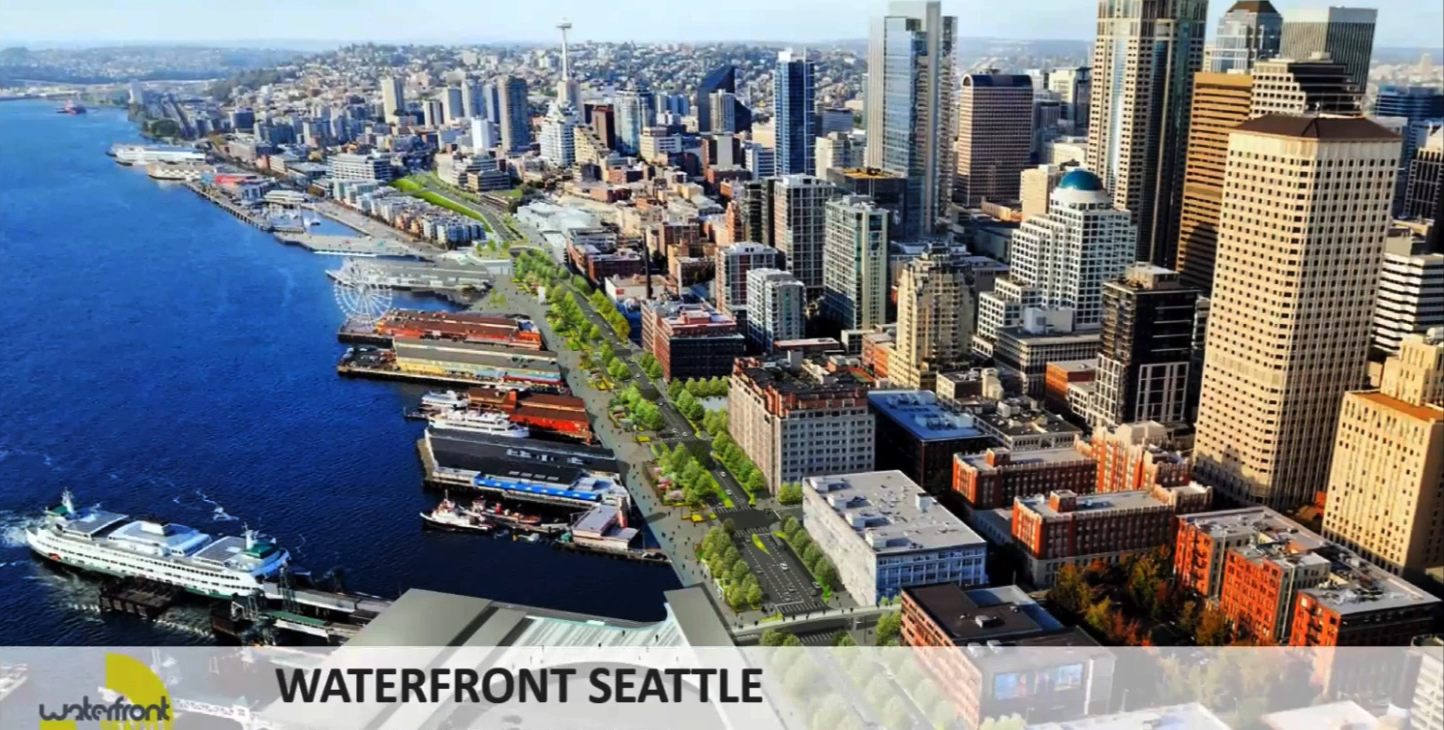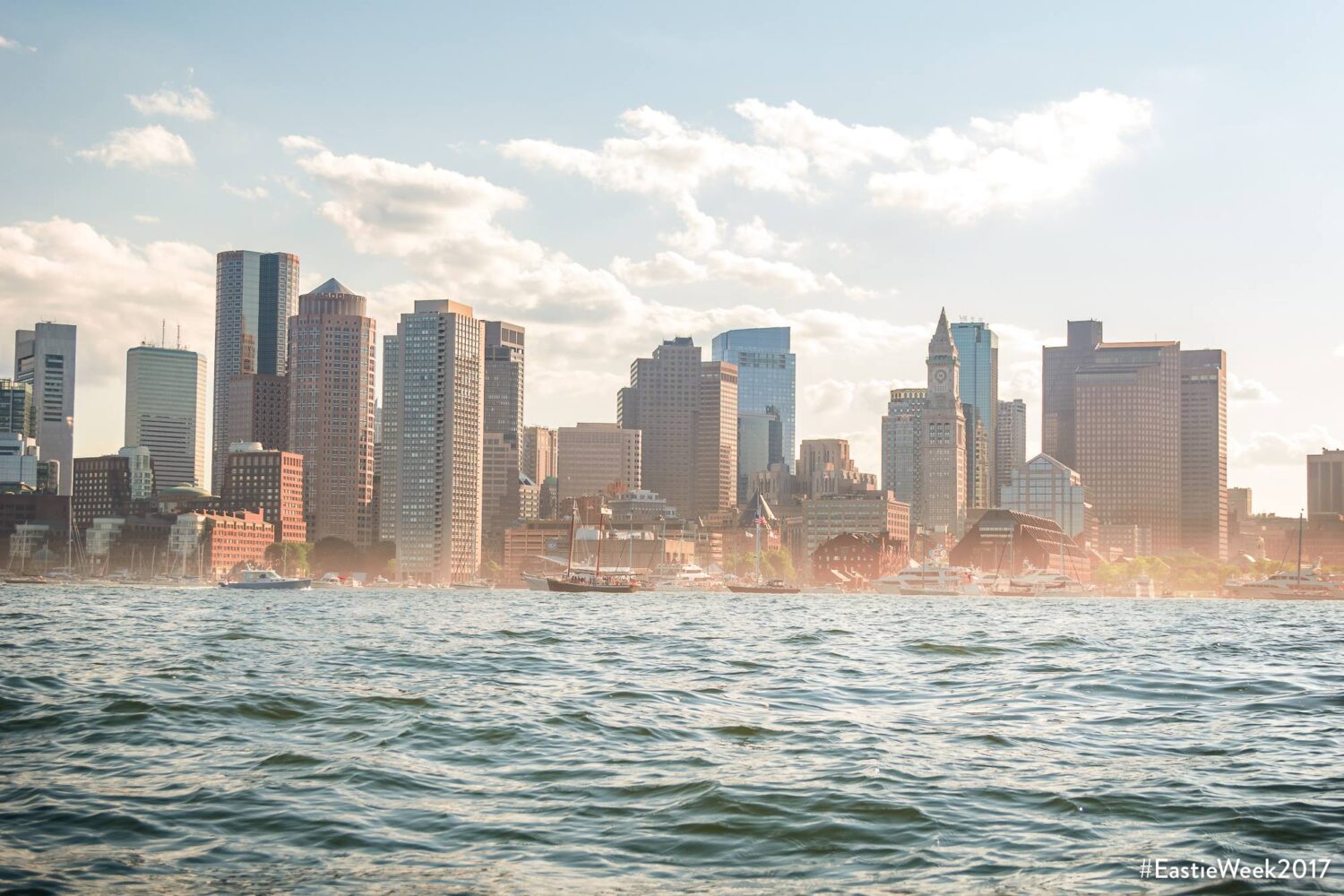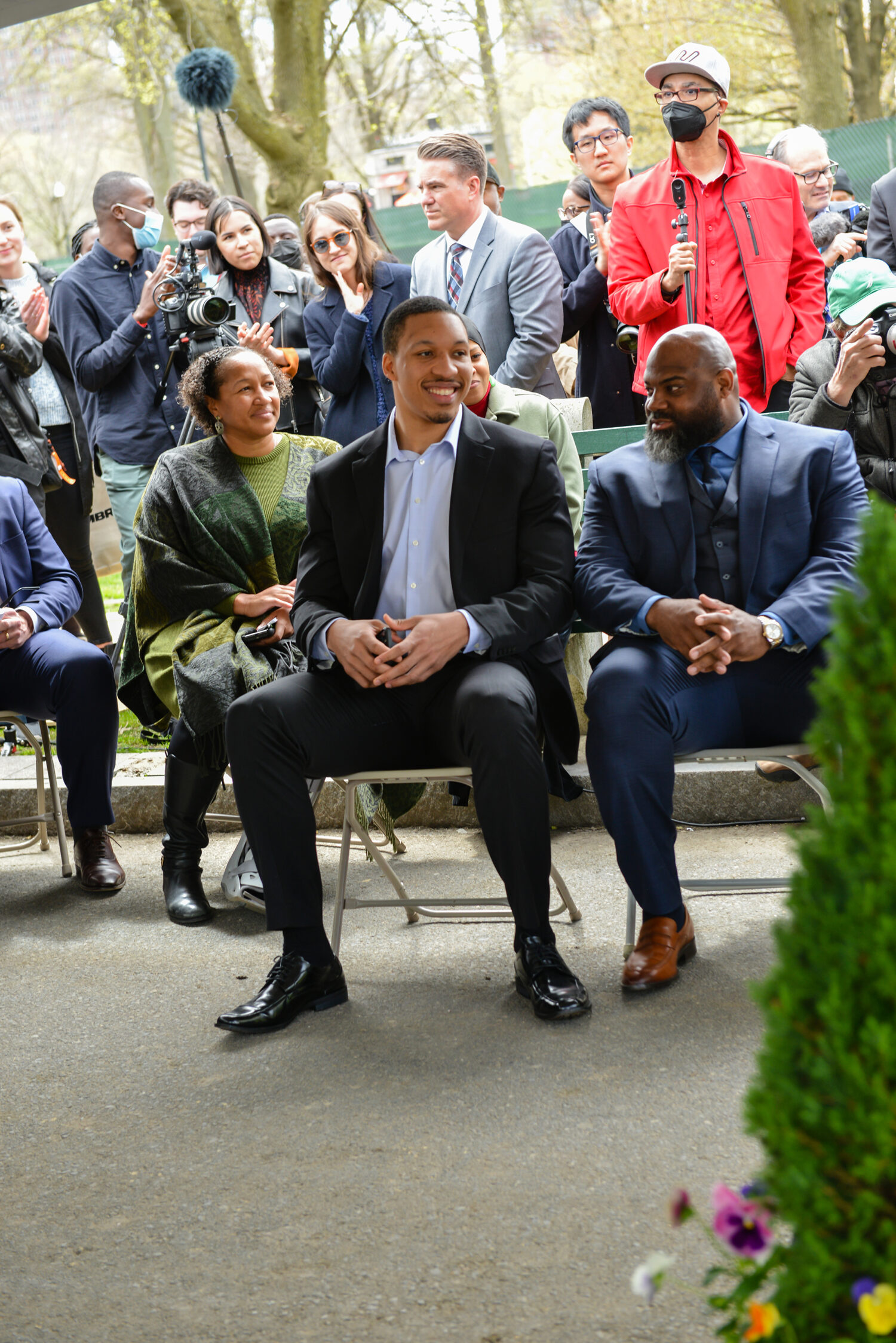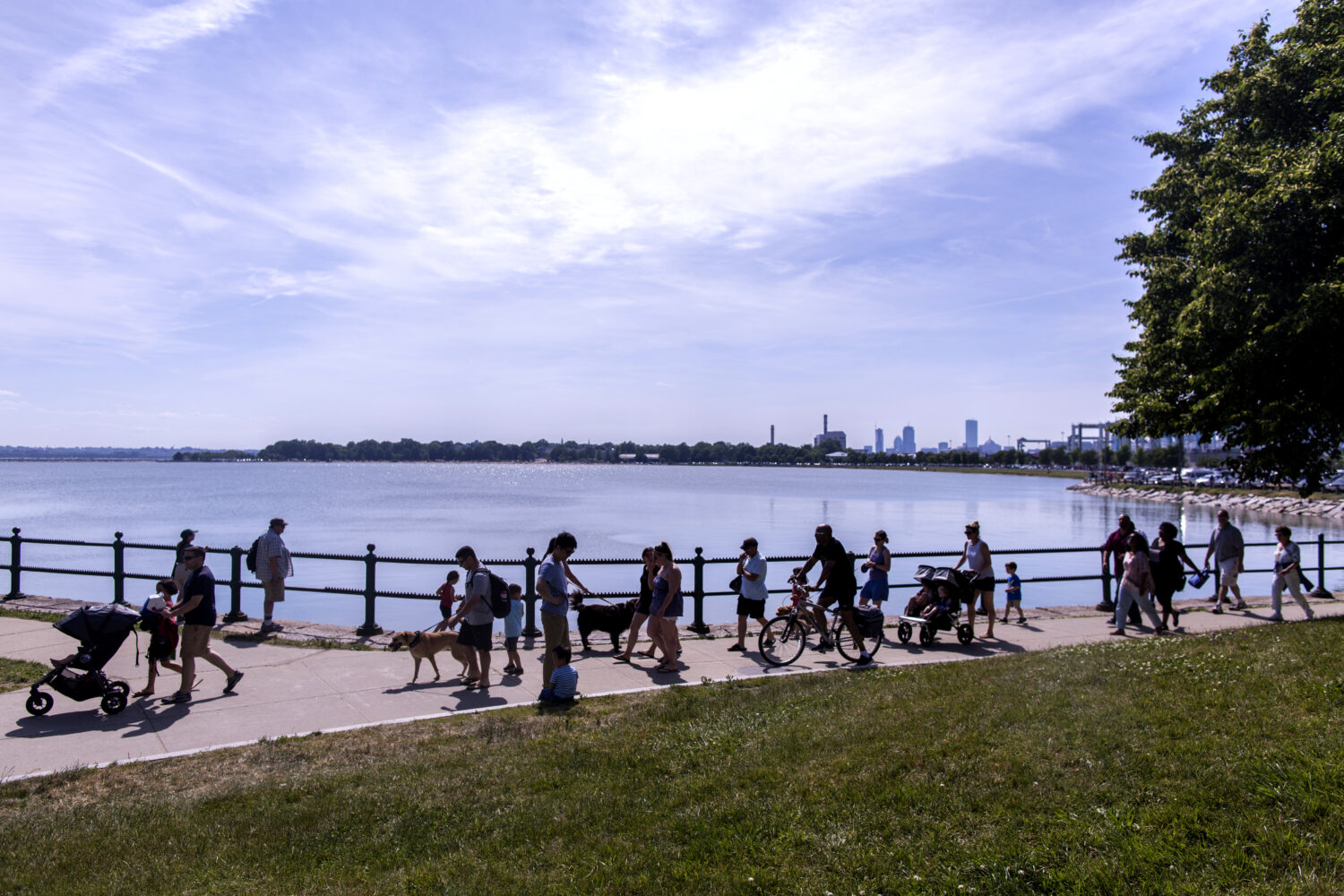If you spend any time at all talking about cities and their waterfronts, you’re bound to hear about Waterfront Seattle. Seattle tops the list for strategies and innovations that have helped reimagine and rebuild an iconic waterfront. Their recent progress, and the story of how they got where they are is incredible.
To see what kind of ideas and inspiration we might glean from the other coast, I invited Marshall Foster, Director of the Seattle Office of the Waterfront and Civic Projects, to join me for a Barr Foundation “In Conversation” – a virtual discussion on the important work being done to transform Seattle’s waterfront, and the lessons we might be able to bring to our collective work to transform Boston’s waterfront to be more welcoming, fun, productive, and resilient.
Even with the inevitable technical glitches, we covered a lot! Here are three of my top takeaways (with links to those parts of the conversation):
Takeaway #1: A Dedicated City Waterfront Office Makes Big Change Possible.
At the outset of Seattle’s efforts to overhaul its waterfront, the City engaged a wide range of stakeholders — including, state and city departments and leaders, local businesses, and community organizations — to develop and adopt a single vision for the future of the waterfront. A key component of advancing that shared vision was the creation of Seattle’s Office of the Waterfront and Civic Projects. Responsible for coordinating the City’s waterfront improvement efforts, the office plays a host of roles, including project management, design, construction, and financial management. Importantly, they keep close relationships with key community groups to sustain excitement and buy-in from all those involved in the visioning process, and to keep the focus on action – not the “analysis paralysis” that plague large-scale projects in almost any city.
Boston and other waterfront cities would do well to take a close look at Seattle’s Office of the Waterfront and Civic Projects.
Takeaway #2: Consistent Community Engagement Can Transform a Place “Just For Tourists” into “Our Place.”
The community and civic groups the City of Seattle engaged in the initial planning of the waterfront have remained engaged in the project. They now serve as a consistent voice advocating for waterfront issues – even through changes in state and city elected leaders. These same groups also work with the Office of the Waterfront and Civic Projects to ensure all communities feel welcome at the waterfront, and to support programming that brings local artists, speakers, activities, and festivals from throughout the region to the waterfront’s new spaces.
When Marshall started his work, Seattle locals used to describe the waterfront as a place just for tourists. Now, they see it as their own, and as a place where all of Seattle’s diverse communities and cultures feel welcome and at home.
Takeaway #3: Diversified Funding Enables Bold Plans and Sustainable Action.
Beyond ensuring buy-in on a shared vision for Seattle’s waterfront, the city also worked to secure diverse funding streams for the effort — a combination of investments from philanthropy, the business community, and the public — which has made it possible to sustain both enthusiasm and financial support. According to Marshall, of the 20 acres of parks and public spaces currently being built along Seattle’s waterfront, a whopping third of that is privately funded.
I am so grateful for the time Marshall gave us for this discussion, and I will continue exploring how to engage other colleagues from around the country in conversations about the challenges, opportunities, and innovations on their waterfronts. I welcome suggestions for people you’d like to hear from next.




